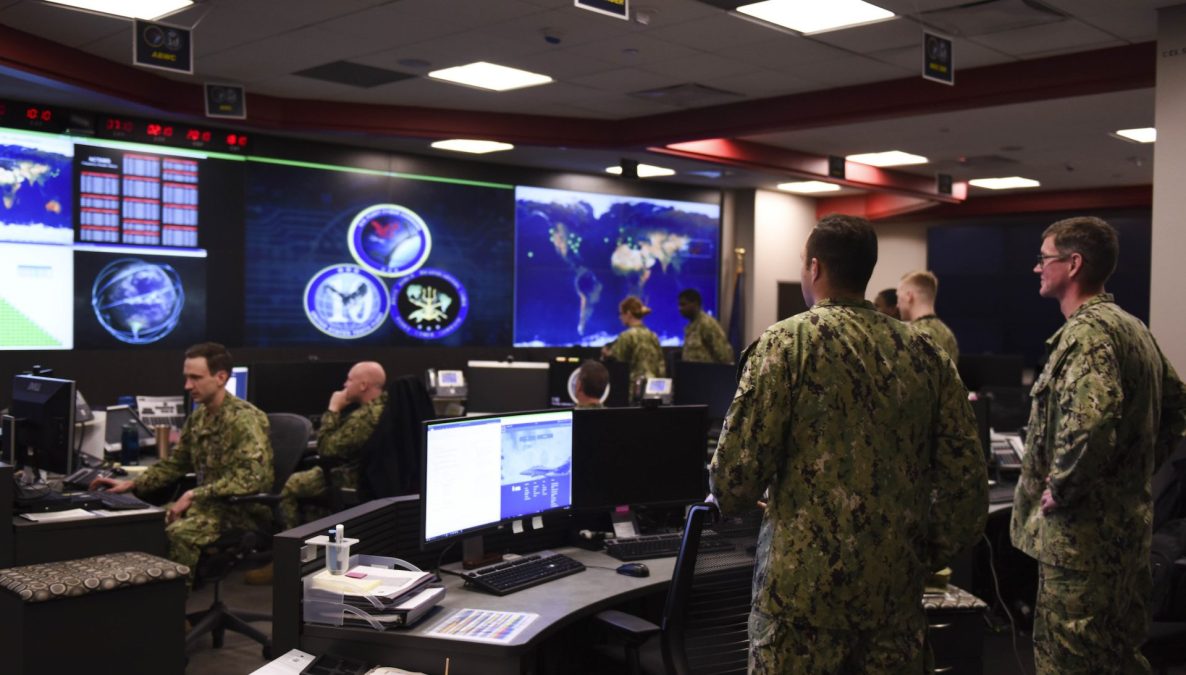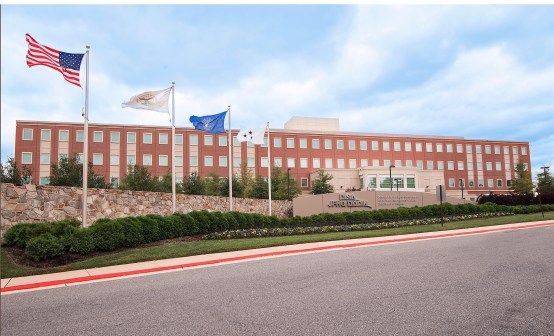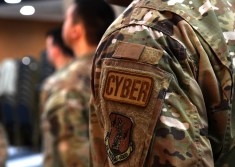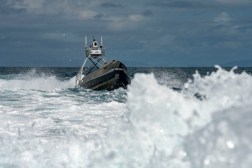After prodding from Congress, Navy creates dedicated cyber work roles amid readiness concerns

In response to congressional tasking, the Navy has officially created dedicated work roles for cyberspace operations for officers and enlisted personnel.
This week, the service established the cyber warfare technician rating for sailors and the maritime cyber warfare officer designator.
Last year’s annual defense policy bill directed the service to create a “designator” — the service’s parlance for officer work roles — and a “rating” — the service’s terminology for enlisted work roles — solely for cyberspace matters.
Up until now, the Navy was the only service that did not have a dedicated military role for cyber. Its cyber personnel are primarily resourced from its cryptologic warfare community — which is also responsible for signals intelligence, electronic warfare and information operations, among several mission sets — with additional roles resourced from information specialists and cyber warfare engineers. Cyber warfare engineers are not operators, but specialize in highly technical skills and development of tools.
Critics have said this state of affairs risks neglecting cyber and having a lack of institutional expertise both in the operations community and at top echelons of leadership. Personnel cycle in and out of the cyber mission force — the teams each service is responsible to provide to U.S. Cyber Command to conduct offensive and defensive cyber ops — too frequently, creating training and operational inefficiencies.
However, others in the community believe a cyber-specific work role is too limiting, which could lead to a lack of expertise across the entirety of the information warfare discipline.
The Navy has faced a variety of readiness issues regarding the teams it contributes to the cyber mission force, even being forced to scale back authorized growth to the force overall.
The Navy’s top boss charged with providing these personnel and their training to Cybercom, said the new designators and ratings will help with readiness concerns, and the service already instituted a plan for addressing that.
“We were already on a path prior to the establishment of a designator to improve readiness, which candidly, involves better training and allowing the existing designators to retour or specialize in cyber so that we can build more depth. The establishment of a designator now just officially allows us to support officers professionally in the dwell time required to really be an expert and lead in this area,” Vice Adm. Kelly Aeschbach, commander of Naval Information Warfare Forces, told reporters ahead of the announcement.
“I think really helping us solidify the officer training requirements, which candidly, was an area we were lacking in when I first came into the job a few years ago. I think part of that was because we were trying to provide training over different types of officer groups. This will allow us to be much more focused and aligned with the new cyber warfare technician and in fact, we’re piloting training right now, where our officers and our sailors will go through much of the same training pipeline, somewhat analogous to what we do in a special warfare or the nuclear field, just because of the depth of technical expertise required over time,” she added.
Aeschbach was optimistic about overall readiness levels going forward, to include the enlisted side. She noted there are plans to have those sailors fully trained by the time they arrive at their duty stations, which wasn’t happening in years past.
She acknowledged that the Navy took near-term operational growth to create dedicated training and mentoring, modeled after how the service trains the aviation and surface warfare communities. In those areas, “we always have a small component of force focused on what we call force generation or training and keeping unit and team standards up to a certain level once our folks are inside a unit,” she said.
The Record reported that the Navy was forced to adjust and scale back four additional teams it was slated to provide to the cyber mission force as part of authorized growth to the overall force. Created in 2013, the military has not added any teams to the initial 133 envisioned at that time and built out in the coming years, culminating in full capability in 2018.
The Department of Defense has authorized an additional 14 teams over five years, for which the Navy was to provide four. However, readiness issues have forced the Navy to cut back and instead focus on training.
“We already are seeing some impact from that and then we will put the operational growth back. It’ll still happen, it’s just going to happen on a little bit slower pace that we get to the total number of teams over the next two to four years,” Aeschbach said.
The initial plan is to have 300 officers — which will move from the information warfare community that includes cryptologic warfare and information professionals — with the intent to grow to between 300 and 500 in the next couple of years. While this number is below what the Army and Air Force provide, Aeschbach said she isn’t worried.
“I don’t have concerns right now because we did a really healthy analysis last year to look hard for the billets that we currently have the requirements, funded requirements, we currently have for the skill set,” she said. “We are smaller than the Army, so our number, if you count our cyber warfare engineers and our warrants, the total family size, I think actually makes sense relative to the missions we have assigned to us right now. I do think we will continue to look as we get established at wherever this new designator can continue to be impactful. I do think we’ll see some growth. But given our size and if you look at the way we’re structured across the information-related designators, this is actually pretty healthy and affords actually a really great career progression pyramid.”
On the enlisted side, the Navy already has about 2,000 sailors in this community with anticipated growth in the coming years. However, the service hasn’t exactly articulated what that growth will look like yet given the main priority is moving the cyber warfare technician personnel out from the cryptologic series.
“We still have more analysis we need to do on the enlisted side. We do expect growth, but we don’t have a number yet of how much that growth will be. But as you can see, really I think substantial, very solid initial starting point with the transmission of our cryptologic technician network rating into the new cyber warfare technician rating,” Aeschbach said.






